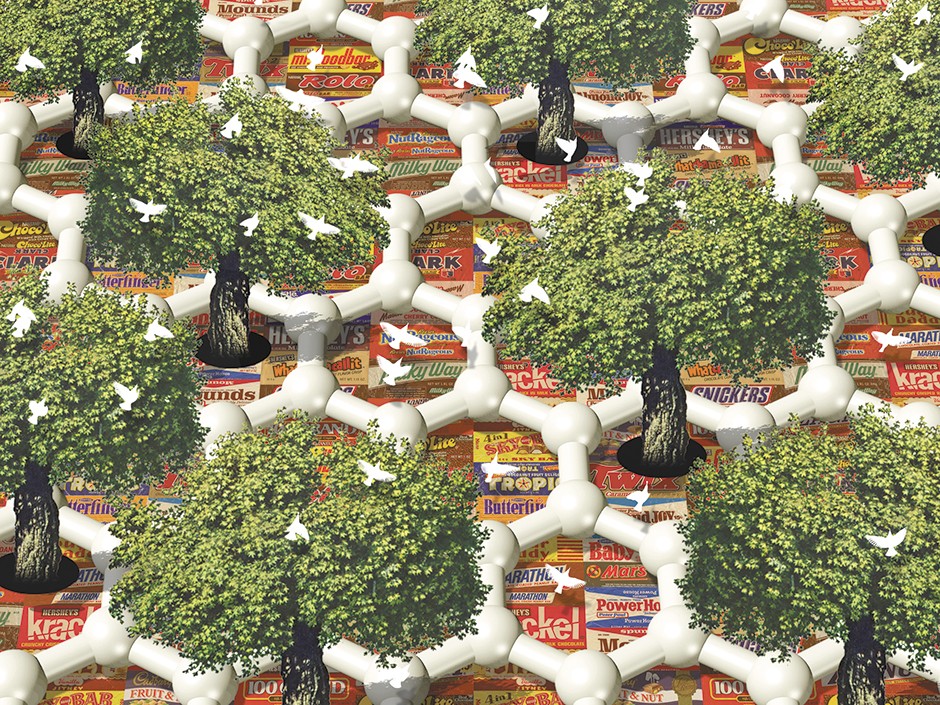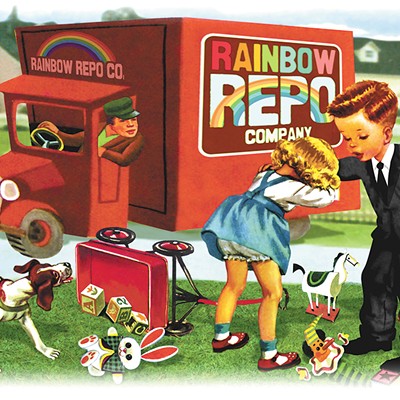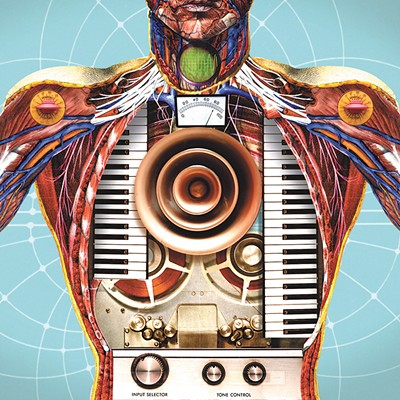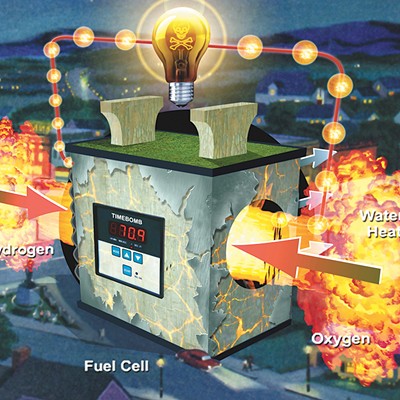Hailed as a “wonder material” that could replace plastics, silicon and synthetic diamonds, the scientific community has gone bonkers for graphene, an incredibly light and strong carbon-based material with yet unknown potential.
Researchers have fallen all over themselves to praise graphene as the “material of the future.” Comprised of atom-thick layers of tightly interlocked carbon, graphene has demonstrated amazing flexibility, electric conductivity and durability.
In 2010, the Nobel Prize in Physics went to two Russian researchers for groundbreaking work with graphene. Earlier this year, the European Union awarded a $1.3 billion grant, with a capital B, to develop practical applications for the material.
Its unique characteristics could quickly and cheaply revolutionize electronics, water purification, textiles, manufacturing, solar energy, alcohol distillation, construction — basically everything.
“As a material it is completely new — not only the thinnest ever, but also the strongest,” the Nobel Prize committee wrote in 2010. “Carbon, the basis of all known life on Earth, has surprised us once again.”
So what if you could basically cook it up at home with a ceramic casserole dish and a bag of taco chips?
Some of the greatest discoveries in history happened by accident — penicillin, X-rays, America. Professor Frank Cheng, a chemist with the University of Idaho, was trying to heat impurities out of an experiment when his team stumbled on a new graphene-like material that has since redirected his entire line of research.
Cheng says a student had a porcelain pot of shale oil cooking over a heat source. The team wanted to burn all of the unwanted organics out of the material in preparation for an experiment.
“It ignited into flames,” he says.
When they opened up the pot, they found a shiny foil-like film had collected inside the pot — a flaky material with the same layered carbon structure as graphene.
Cheng dubbed the unique material GUITAR, Graphene from University of Idaho Thermalyzed Asphalt Reaction. He believes it to be a new form of carbon not previously explored.
“It’s really been the focus of my research since then,” he says, adding, “It’s a unique material. No one else works with it.”
While not an exact match, GUITAR shares most of the beneficial characteristics of the widely acclaimed graphene. Both serve as efficient conductors of heat and electricity. Both have a layered structure. Both resist corrosion.
Traditional graphene has a consistent honeycomb pattern. GUITAR has a similar, but more disordered structure, which research has found actually helps improve conductivity.
Cheng and fellow researchers have since recreated the experiment several times, using a broad variety of different carbon sources. He says they have used roofing tar, candy bars and taco chips.
Almost any organic material can be transformed into GUITAR, Cheng says, with basic equipment and minimal costs. The ability to produce a graphene-like material on an industrial scale could open up many doors for commercial uses.
“The technique for this material is inexpensive, simple, and rapid,” he writes in a research summary. “Large quantities of GUITAR can be produced by nearly anyone with equipment that can be found in a general chemistry lab.”
Somewhat similar research out of Rice University in Texas recently estimated a single box of Girl Scout cookies could be processed into more than $12 billion worth of graphene.
Cheap. Check. Easy to make. Check. Readily available. Check. Now what do you do with it? Cheng has a whole list of potential applications, but he says the most important may end up being water purification.
GUITAR could be used to build electrochemical water purifiers, he says, which use an electric reaction to break down pollutants in drinking water.
“A GUITAR-based electrochemical reactor will be field-portable as it will only require two electrodes and a few DC volts,” he says. “Especially for developing countries, I think that GUITAR reactors can be nearly maintenance-free and will be able to pump out significantly more water than existing technologies.”
GUITAR could also go into developing more efficient batteries and fuel cells. Using GUITAR as a coating for tiny structures could also be used to enhance heat transfer or build miniature circuits.
“I think it’s going to have a lot more applications than that,” he says. “We’re trying to think of uses and where we go from here.”
Other researchers have envisioned infinitely more efficient solar panels, capable of being incorporated into clothing to charge cellphones. They’ve imagined bendable touch screens and new nanotechnology.
And they’re far from finished dreaming.
Cheng tries to avoid the exaggerations, but he’s very excited about the many possibilities ahead.
“I’ve seen materials oversold,” he says. “[But] it’s got very interesting characteristics.”

















